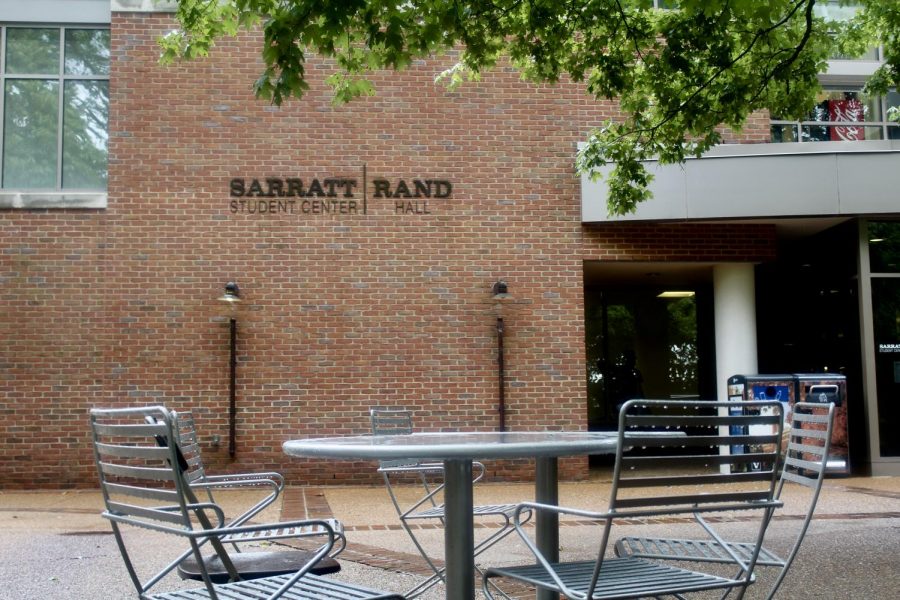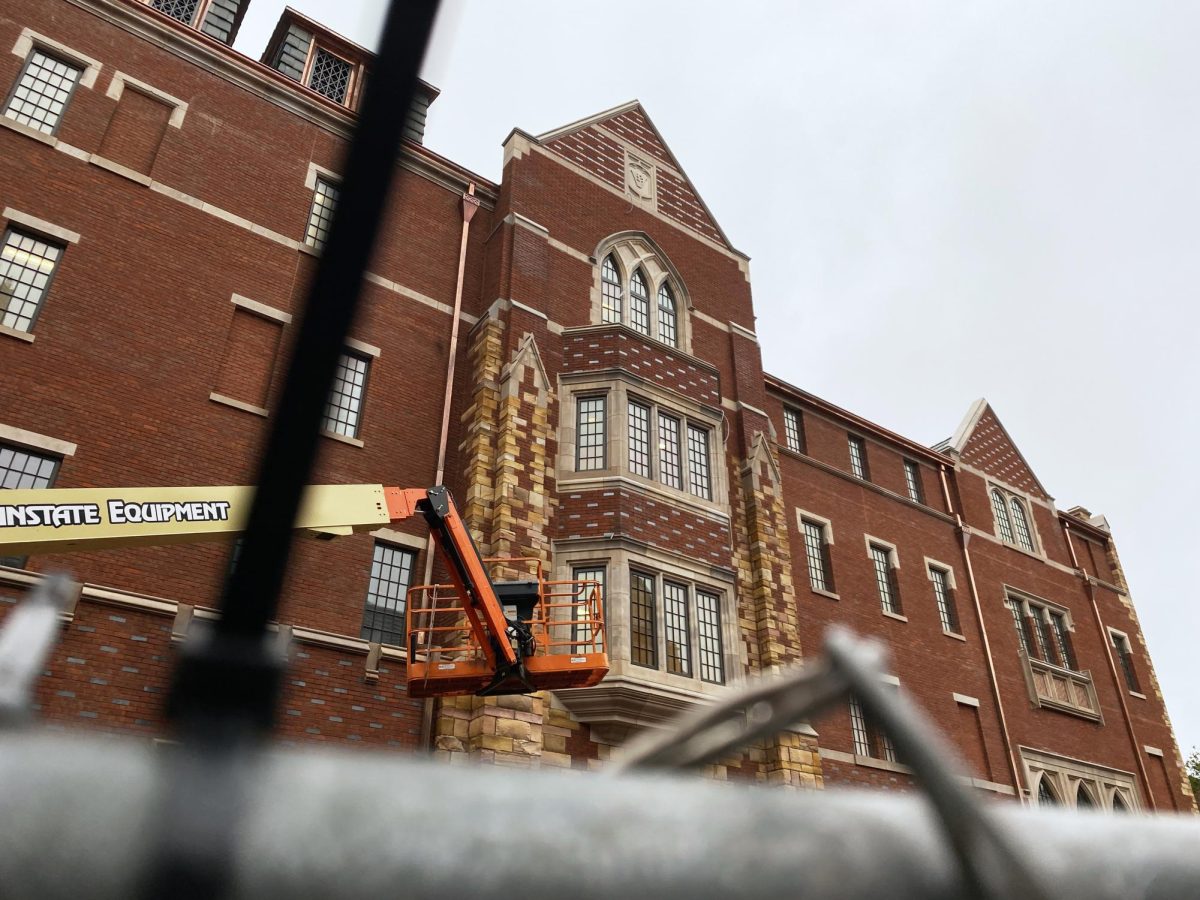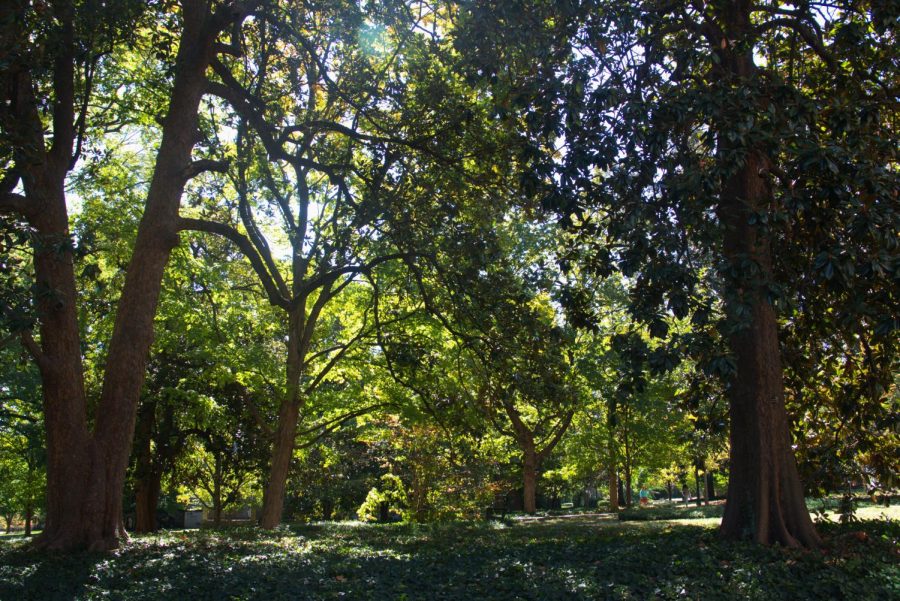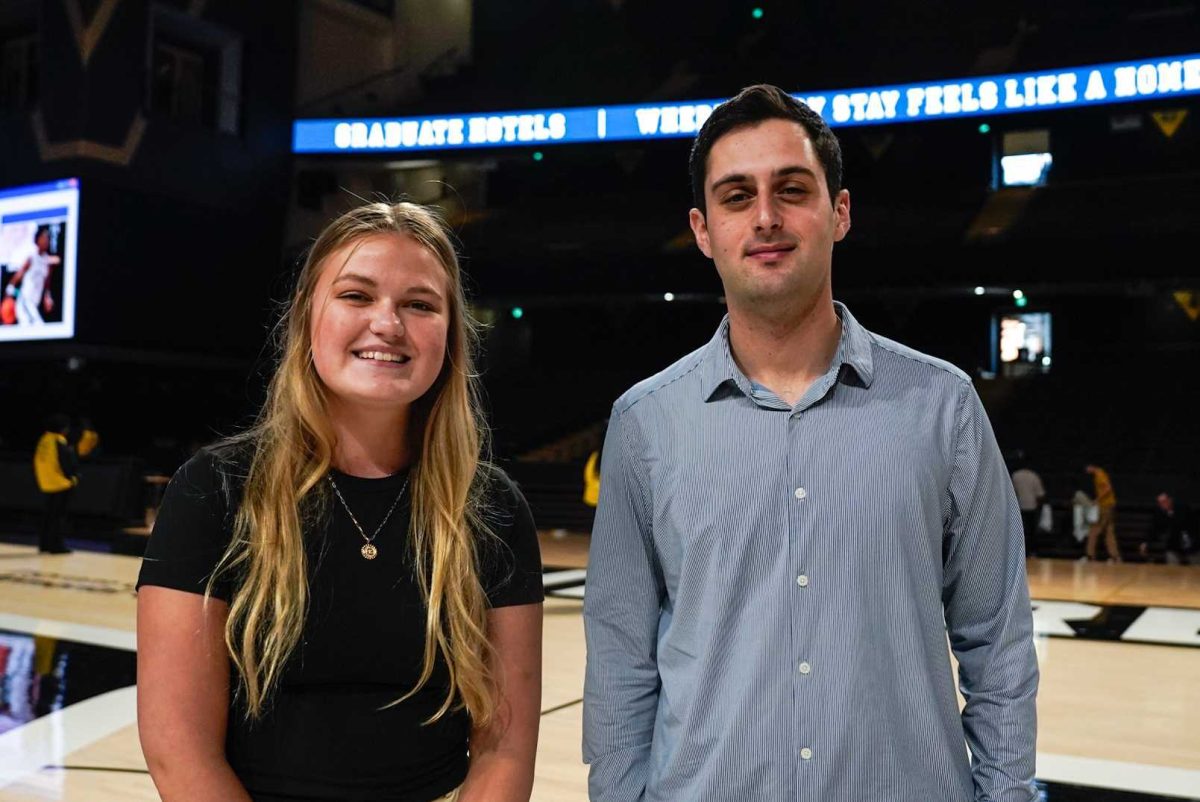As soon as the clock strikes noon on a weekday, Rand Dining Center becomes inundated with hungry students. The Campus Dining website even boasts Rand as the “focal point of the campus community.” However, faced with the quandary of intimidatingly long lines and no available tables, for many students, Rand is no longer a feasible lunch option, nor meeting ground between classes.
Vanderbilt Student Government (VSG) recently passed a resolution endorsing the implementation of a proposal that not only aims to eliminate this issue of overcrowding, but also to cultivate a space that functions as more than a dining hall, and rather serves as a hub for student life.
The “VSG Student Center Proposal” encourages the building of a modernized student center as part of Vanderbilt’s FutureVU initiative, which has been underway since 2015 and captures a land-use plan and framework for the university’s evolution over the next 20-30 years. This proposal recommends that the new center be constructed along Vanderbilt Place, possibly in lieu of the current University Club or the Branscomb Quadrangle.
“We want to make sure that the building of a new student center, which is essential to the community, is a priority in the next phase of FutureVU after West End Neighborhood,” Student Body President and bill co-sponsor Tariq Issa said. “FutureVU shouldn’t just be about transitioning to the Residential College system; a new student center must be built alongside these efforts to best realize this idealized student experience.”
In this 17-page proposal, VSG recommends that the Board of Trust consider “[including] a new student center in its fundraising goals during the next capital campaign,” and implores it to hire a consulting firm to explore options and provide an in-depth analysis of possibilities with regard to the future of the space.
The university has not responded to the Hustler for comment on the feasibility of the plan.
Issa emphasized that the primary objective of the proposal is to improve student life by providing more learning opportunities, bringing the community together, and facilitating greater and more equitable access to student services.
The plan also proposes that student services be centralized in the same building, in turn enabling collaboration between offices, as well as increased visibility of and accessibility to these resources.
“Our students come from a diverse range of backgrounds, and some may not know how to seek out resources on campus,” Issa said. “Currently, student services, such as the Office of Immersion Resources and the Career Center, are scattered around campus, but by bringing them together, we can try to bridge the gap and promote access to resources for all types of students.”
VSG Campus Life Committee Chair and bill co-sponsor Jonathan Segal reiterated these aims to cultivate a more integrated, cohesive community gathering space.
“A student center at its core should be the central hub of the student body not only for dining but for extracurriculars, for group work, for relaxation, for study time, and Rand doesn’t serve those purposes for us today,” Segal said. “This 1970s-style building that we call a student center just doesn’t live up to the needs of the 21st century Vanderbilt student body.”
Segal also noted that another driving motivation behind the proposal was to ensure that Vanderbilt remains competitive with other universities, many of which boast state-of-the-art student centers.
“Rand and Sarratt are not satisfactory student centers when you look at our peer institutions,” Segal said. “They are two buildings that were joined together in an attempt to create one student center, but in reality, they have just become a complex maze of small rooms, offices and crowded dining areas, and that doesn’t work for anyone, nor does it put on a good face for Vanderbilt.”
Students have also expressed frustration with regard to the current inefficacy of the Rand/Sarratt space.
“When I’m on main campus throughout the day, I don’t feel that my friends and I have a common meeting ground,” first-year Jordan Ekstein said. “Rand isn’t conducive to studying or hanging out because it’s always packed with people and it’s impossible to get a table. It would be really nice to have a reliable space where we could go and consistently know we’d be able to secure seats.”
Segal also pointed out the difficulty of the building from a dining perspective, explaining that despite efforts to reimagine the space as it currently stands, Campus Dining reached an impasse in renovation planning due to the problematic nature of the structure architecturally.
However, according to Issa and Segal, VSG recognizes that the construction of a modernized student center may be a long-term, ongoing effort.
“We passed this bill not with an expectation that change will happen immediately,” Segal said. “The idea was to provide a framework such that when the day comes that the university is ready to move forward with a new student center, they will know that they have this proposal and hopefully will refer to some of the specifics we have laid out for them.”
Nonetheless, Segal is optimistic about the future of the university and these efforts.
“It would be revolutionary for Vanderbilt to have a new and improved, open, cohesive student center,” Segal said. “But we leave behind this legacy in the hope that we will come back as alums and see progress.”








